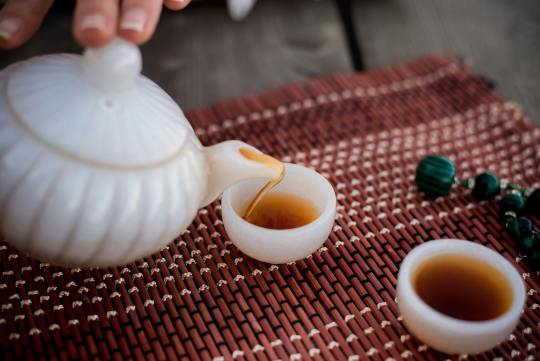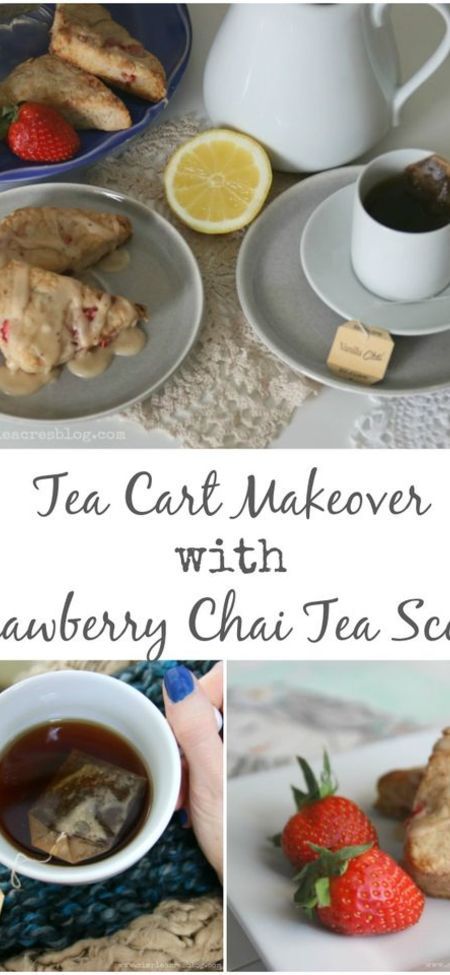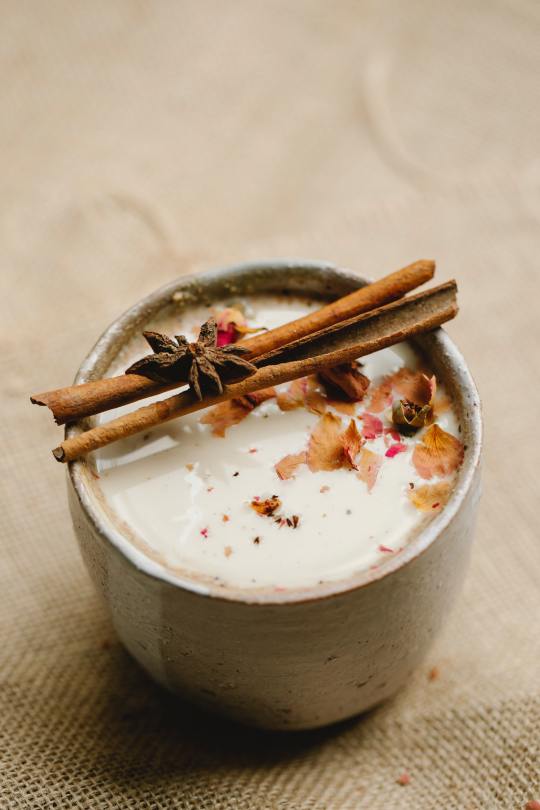#ChaiTea
Explore tagged Tumblr posts
Text

theyre so silly
(I havent been abe to stop thinking about them for days now)
#hehe my art#pavitr takes all the pain away#hobie x pavitr#pavitr prabhakar#hobie#hobie brown#chaipunk#chaitea#atsv#spiderman india#spiderverse#spiderman atsv#spiderpunk#I LOVE THEM OML#RAAAAAAAAAAAA#spider man: across the spider verse#spider punk#across the spiderverse
1K notes
·
View notes
Text
I keep seeing tags for England x India called 'curry pair' or even 'curry-brows.' Why is everyone sleeping on Chaitea.
#rairpair#aph england#hws england#hws india#aph india#chaitea#it is a perfect name#England x India#hetalia headcanon
20 notes
·
View notes
Text

Sweet boy Pavitr sleeping (and a punk disturbing him)
#spiderman#across the spiderverse#pavitr prabhakar#atsv pavitr#spiderman india#mumbattan#best boy#chaipunk#chaitea#hobie brown
166 notes
·
View notes
Link
Chapters: 1/1 Fandom: Hetalia (Anime & Manga) Rating: General Audiences Warnings: No Archive Warnings Apply Relationships: England/India (Hetalia) Characters: England (Hetalia), India (Hetalia) Additional Tags: University AU Series: Part 6 of Fluffy February 2025 Summary:
Fluffy February Day 11: Crush
11 notes
·
View notes
Text
Do you love Tea? This is the perfect Notebook for YOU.

I ❤️ Love Tea NOTEBOOK!

It's on Amazon
#TeaLover#TeaTime#TeaAddict#TeaLife#TeaDrinker#MatchaTea#GreenTea#BlackTea#HerbalTea#MatchaLover#ChaiTea
0 notes
Text
#herbal tea#black tea#tealovers#tea#green tea#fruit infusions#TeaLovers#BuyTeaOnline#PremiumTea#LooseLeafTea#OrganicTea#GreenTea#BlackTea#HerbalTea#ChaiTea#DarjeelingTea#AssamTea#TeaTime#GourmetTea#SpecialtyTea#LuxuryTea#TeaCulture#ArtisanTea#HealthyTea#TeaBenefits#TeaAddict#TeaForHealth#TeaShopOnline#BestTea#TeaCollection
0 notes
Text
Garam Masala Tea Caffeine Content: 5 Surprising Facts About This Spiced Drink

https://www.youtube.com/watch?v=MQPADOjiUAI
Introduction
Garam masala tea, known for its warm, aromatic spices and rich flavor, is a popular drink across India and increasingly around the world. This delightful beverage blends the boldness of Indian black tea with the subtle heat of spices like cinnamon, cloves, and cardamom, creating a unique experience that’s as comforting as it is stimulating. However, the caffeine content of garam masala tea often brings up questions, especially for those sensitive to caffeine or curious about the effects it might have on their sleep and alertness. In this article, we’ll dive deep into the garam masala tea caffeine content, exploring how much caffeine is in it, whether it can keep you awake, and why it’s different from regular teas.
What is Garam Masala Tea?
Garam masala tea, commonly known as masala chai, is made by brewing black tea with a blend of spices. This tea is traditionally served with milk and sugar, enhancing its flavors and creating a creamy texture that makes it distinct from other tea types. Common spices include: - Cardamom - Cloves - Cinnamon - Ginger - Black pepper The combination of these spices not only gives garam masala tea its characteristic taste but also offers health benefits such as aiding digestion, reducing inflammation, and boosting immunity.
Understanding Garam Masala Tea Caffeine Content
1. Caffeine Levels in Garam Masala Tea The caffeine content in garam masala tea primarily comes from its black tea base, which naturally contains caffeine. On average, an 8-ounce serving of masala tea contains between 40-70 mg of caffeine. This amount can vary depending on the type and amount of black tea used and the steeping time. Compared to coffee, which usually contains around 95 mg of caffeine per 8-ounce serving, garam masala tea has a moderate caffeine content. This makes it a popular choice for those who want a gentler energy boost without the intensity of coffee. 2. Does Masala Tea Keep You Awake? Many people wonder, does masala tea keep you awake? The answer is—it depends on your sensitivity to caffeine. Masala tea’s caffeine content is sufficient to increase alertness and combat drowsiness. However, the calming spices in the tea can help offset the caffeine’s stimulating effects, providing a balanced boost of energy without causing the jitters often associated with coffee. If you’re sensitive to caffeine, drinking garam masala tea in the late afternoon or evening might affect your sleep. For a caffeine-free alternative, some people make masala tea using herbal teas like rooibos instead of black tea, enjoying the flavors without the caffeine. 3. Does Indian Milk Tea Contain Caffeine?

Yes, Indian milk tea, commonly referred to as chai, does contain caffeine due to the black tea used as its base. The caffeine level in Indian milk tea is comparable to that in garam masala tea. However, the addition of milk can slightly reduce the intensity of caffeine’s effects, making it less likely to cause the jitters while still providing a mild energy boost. Since caffeine sensitivity varies, those looking to reduce their caffeine intake might choose to make their masala tea with a lower quantity of black tea or opt for decaffeinated black tea.
Factors Affecting Garam Masala Tea Caffeine Content
Several factors influence the exact amount of caffeine in garam masala tea, including: Tea Leaf Type Different types of black tea leaves contain varying caffeine levels. Assam tea, commonly used in masala chai, generally has a higher caffeine content than other black teas, contributing to the stimulating effect of garam masala tea. Steeping Time The longer you steep the tea, the more caffeine will be extracted into the brew. For a less caffeinated cup, reduce the steeping time to 2-3 minutes instead of the traditional 4-5 minutes. Serving Size The caffeine content is directly proportional to the serving size. A standard 8-ounce cup will contain less caffeine than a large, 16-ounce serving of garam masala tea. Additional Ingredients Although milk doesn’t directly affect caffeine, it may slow caffeine absorption, creating a more gradual energy release. This can make garam masala tea feel less intense than a black tea served plain.
Benefits of Drinking Garam Masala Tea with Moderate Caffeine
Natural Energy Boost The caffeine in garam masala tea provides a gentle energy boost that can help improve focus and alertness. Many people prefer it as a morning drink, as it’s less likely to cause the “caffeine crash” that can occur with coffee. Health Benefits from Spices Spices in garam masala tea like ginger, cinnamon, and cardamom have anti-inflammatory and antioxidant properties, supporting the immune system, aiding digestion, and promoting heart health. Better Mood and Reduced Fatigue

Masala tea can help reduce feelings of fatigue and improve mood due to its caffeine and spice combination. Black tea also contains an amino acid called L-theanine, which can promote relaxation and mitigate the stimulating effects of caffeine, providing a balanced state of alertness.
Tips for Reducing Caffeine in Garam Masala Tea
If you love garam masala tea but want to lower its caffeine content, here are a few methods: - Opt for Decaffeinated Black Tea: Using decaf black tea retains the flavor but minimizes the caffeine, offering a gentle alternative for nighttime sipping. - Use Less Black Tea: Reducing the quantity of black tea leaves used will decrease the caffeine content. - Reduce Steeping Time: A shorter brewing time extracts less caffeine. Try steeping for 2-3 minutes for a milder tea. - Switch to a Rooibos Base: Rooibos is a naturally caffeine-free herb that complements masala spices well, creating a caffeine-free version of garam masala tea.
Garam Masala Tea Caffeine Content Compared to Other Teas
For those curious about how garam masala tea caffeine content compares to other teas, here’s a quick overview: Tea TypeAverage Caffeine Content (per 8 oz)Black Tea40-70 mgGaram Masala Tea40-70 mgGreen Tea20-45 mgWhite Tea15-30 mgRooibos Tea0 mgCoffee95 mg This chart illustrates that garam masala tea has a similar caffeine range to standard black tea, making it suitable for a morning or early afternoon drink.
Conclusion: Is Garam Masala Tea Right for You?
Garam masala tea offers a unique and balanced caffeine experience, thanks to its blend of black tea and warming spices. For those asking, does masala tea keep you awake, the answer is—it can, but it’s also gentler than coffee and includes calming spices that help balance the caffeine’s effects. If you enjoy the taste of garam masala tea but are sensitive to caffeine, you can easily adjust the recipe to suit your needs. By experimenting with decaf black tea, shorter steeping times, or even caffeine-free alternatives like rooibos, you can enjoy this beloved drink any time of day without sacrificing sleep or well-being. Read the full article
#chaitea#SpicedTea#CaffeineContent#TeaFacts#HealthBenefits#TeaLovers#HerbalTea#WellnessDrink#MasalaChai#HealthyLifestyle#IndianTea#NaturalEnergy
0 notes
Text
A brief history of your favorite CHAI
Two simple incidents made such a huge impact on humanity that after so many centuries, we can still feel them.
The most popular incident of the two – An apple fell from a tree and Sir Isaac Newton discovered THE THEORY OF GRAVITY. And the other – not so popular incident – a few leaves from nearby bushes flew into his pot of boiling water and Chinese emperor Shen Nung discovered a new BEVERAGE CALLED TEA!
Even today, we calculate the force of gravity to execute complex engineering tasks. And every day, with the help of a cup of Chai, millions of people elevate their moods and feel refreshed.
Since the times of Shen Nung, our beloved Chai has been through a breathtaking 5000 years long journey.
During the fourth century, the Tsang dynasty established and expanded the tea industry in areas covering the interior of Southern China to the border of today’s Assam. There were many indigenous tea species growing in the wild and small tea gardens were also being cultivated in India during the 1780s. The indigenous tea plants in Assam were discovered in 1788 by Sir Joseph Bank, in Coochbehar of Bengal.
Read more:https://teapost.in/a-brief-history-of-your-favorite-chai/
0 notes
Text

Excited to announce the launch of my new blog, diving deep into the health benefits of Chai Tea! 🍵 From boosting immunity to aiding digestion, learn how this aromatic brew can enhance your wellness journey. Let's sip to health, one cup at a time! Check it out.
0 notes
Text

Chinese Tea
#londontea#greentea#chaitea#herbtea#teadrink#icedtea#oolongtea#drinktea#hightea#tealovers#chinese#chinatea#tea#chinesetea#taiwantea#herbaltea#teaworld#teabreak#teaculture#rawtea#teabrick#yunnantea#tealife#organictea#teareview#igtea#afternoontea#teaquote#teaservice#teajournal
0 notes
Text
Black tea leaves are often processed using the CTC (Crush, Tear, Curl) technique in the tea industry. In the beverage industry, premium CTC tea is highly sought-after because to its strong taste and heady scent.
Visit:- How to Build a Successful Partnership with Premium CTC Tea Distributors?
#tea#masalatea#chaitea#chaipatti#besttea#DistributorsWanted#premiumtea#elaichitea#ctctea#distributors#Distributorship#wholesalers#suppliers#new#india#branding#go4distributors
1 note
·
View note
Text
Explore the enticing world of MyTearapy's Chai Tea Collection which has a perfect blend of aromatic spices and tea leaves. Get yours today!
0 notes
Text
Strawberry Chai Tea Scones for a Tea Cart Makeover

Upgrade your tea cart in style while treating yourself to the heavenly aroma of our Strawberry Chai Tea Scones. A true tea lover's dream.
0 notes
Text
🍵 Happy National Chai Day! 🍵
☕ Chai lovers, today is OUR day! Let's raise our mugs and celebrate this delightful, globally cherished beverage that warms our hearts and tantalizes our taste buds. ☕ So, whether you're sipping on traditional masala chai, chai latte, or experimenting with a unique blend, take a moment today to appreciate the beauty and goodness that is chai.

#NationalChaiDay#ChaiLove#ChaiDay#TeaTime#ChaiGoals#SpiceUpYourLife#HealthySips#ChaiCelebration#ChaiLovers#ChaiLife#ChaiTime#ChaiTea#ChaiObsessed#ChaiMagic#ChaiFlavors#ChaiTales#ChaiParty#ChaiAddict#ChaiMoments#ChaiSeason#ChaiDelight#ChaiDreams#SipAndSavor#ChaiCheers#ChaiTradition#WarmthInAMug#DeliciousChai#ChaiFlavorAdventure#ChaiSpices#ChaiBenefits
1 note
·
View note
Text
#green tea#tea#black tea#fruit infusions#herbal tea#ChristmasTea#FestiveBrews#HolidayTeas#TeaForTheSeason#WinterWarmth#SpicedTea#PeppermintTea#CinnamonTea#GingerbreadTea#HolidayFlavor#TeaLoversSeason#ChaiTea#FruitcakeTea#WinterCitrusTea#SeasonalTeas#TeaTraditions#HolidayBeverages#WarmDrinks#TeaMoments#CozySeason
0 notes
